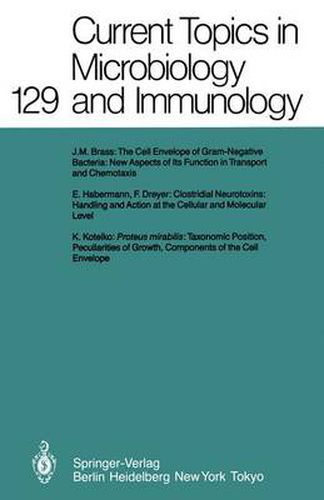Readings Newsletter
Become a Readings Member to make your shopping experience even easier.
Sign in or sign up for free!
You’re not far away from qualifying for FREE standard shipping within Australia
You’ve qualified for FREE standard shipping within Australia
The cart is loading…






This title is printed to order. This book may have been self-published. If so, we cannot guarantee the quality of the content. In the main most books will have gone through the editing process however some may not. We therefore suggest that you be aware of this before ordering this book. If in doubt check either the author or publisher’s details as we are unable to accept any returns unless they are faulty. Please contact us if you have any questions.
Immunoglobulin gene expression appears to include a number of unique features (Cohn, 1971; Gaily and Edelman, 1972; Hood et aI. , 1975). First, a variety of genetic and protein structural evidence suggests that two discrete genes - both a variable region gene and a constant region gene - specify each heavy chain and each light chain. This constitutes the twogene-one polypeptide hypothesis. Second, a single differentiated lymphocyte or plasma cell appears to express only one heavy chain allele and one light chain allele at a time. This is the only example of allelic exclusion known in mammalian cells except for X chromosome inactivation. Third, during the course of lymphocyte differentiation, there may be a switch of the heavy chain constant region gene expression but no change in the heavy chain variable region gene expression. Rarely, normal or malignant cells have been found which express two different heavy chain subclasses simul taneously (e. g. see Sledge et aI. , 1976). Fourth, the vast number of different antibodies which can be made by an individual animal has raised the question of whether the generation of diversity occurs during evolution or within the animal, i. e. germ line vs somatic variation. Other aspects of immunoglobulin gene ex pression may be similar to regulation of gene expression in many eukaryotic cells.
$9.00 standard shipping within Australia
FREE standard shipping within Australia for orders over $100.00
Express & International shipping calculated at checkout
This title is printed to order. This book may have been self-published. If so, we cannot guarantee the quality of the content. In the main most books will have gone through the editing process however some may not. We therefore suggest that you be aware of this before ordering this book. If in doubt check either the author or publisher’s details as we are unable to accept any returns unless they are faulty. Please contact us if you have any questions.
Immunoglobulin gene expression appears to include a number of unique features (Cohn, 1971; Gaily and Edelman, 1972; Hood et aI. , 1975). First, a variety of genetic and protein structural evidence suggests that two discrete genes - both a variable region gene and a constant region gene - specify each heavy chain and each light chain. This constitutes the twogene-one polypeptide hypothesis. Second, a single differentiated lymphocyte or plasma cell appears to express only one heavy chain allele and one light chain allele at a time. This is the only example of allelic exclusion known in mammalian cells except for X chromosome inactivation. Third, during the course of lymphocyte differentiation, there may be a switch of the heavy chain constant region gene expression but no change in the heavy chain variable region gene expression. Rarely, normal or malignant cells have been found which express two different heavy chain subclasses simul taneously (e. g. see Sledge et aI. , 1976). Fourth, the vast number of different antibodies which can be made by an individual animal has raised the question of whether the generation of diversity occurs during evolution or within the animal, i. e. germ line vs somatic variation. Other aspects of immunoglobulin gene ex pression may be similar to regulation of gene expression in many eukaryotic cells.